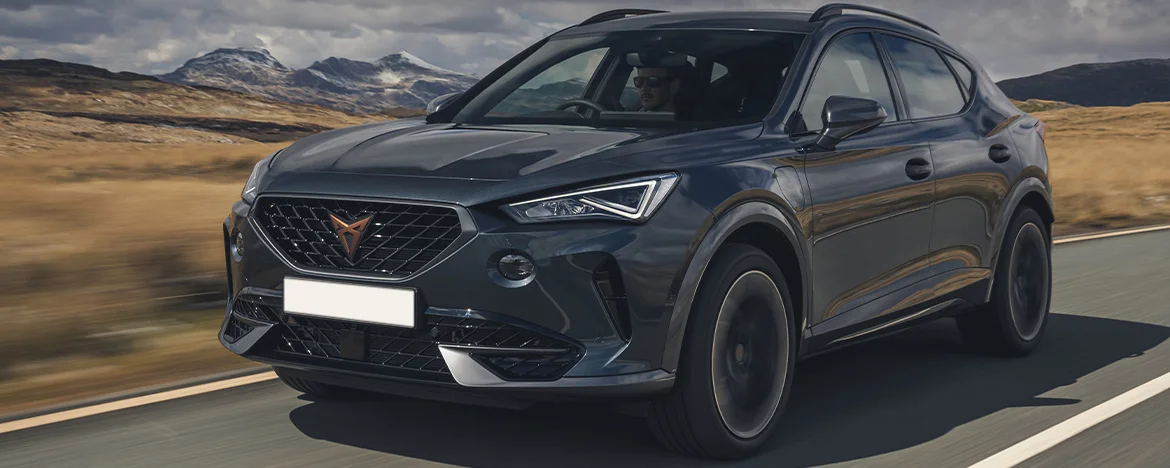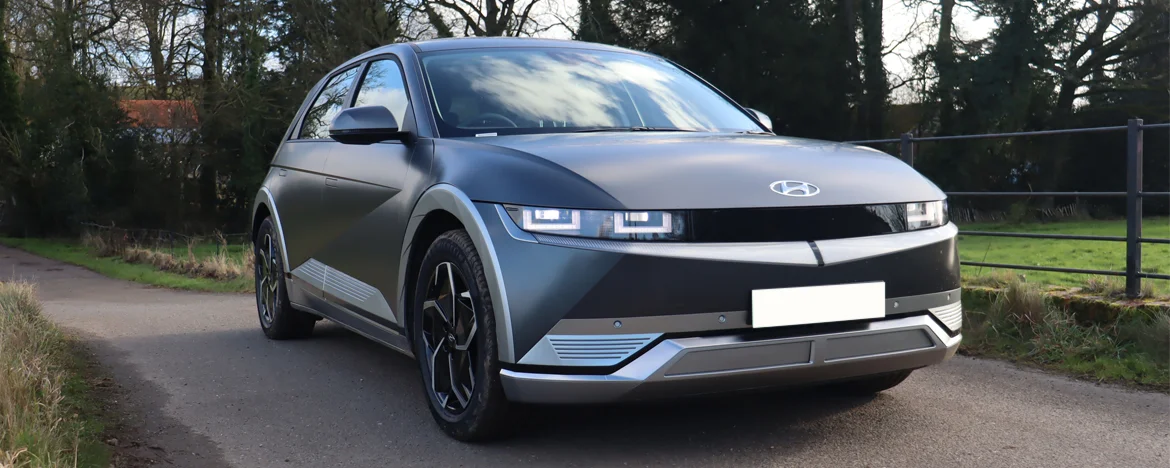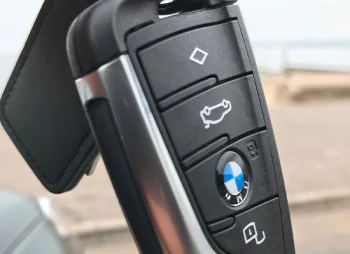What is Benefit in Kind car tax?
All you need to know about Benefit in Kind tax
A lot of employers offer a range of different perks to entice their employees.
But they’re not always entirely free.
If you have a company vehicle that you also use privately or lease an electric car through a salary sacrifice scheme, you’ve probably heard a lot about Benefit in Kind (BiK).
Here’s a little guide about Benefit in Kind tax, what it means and how to calculate it.






